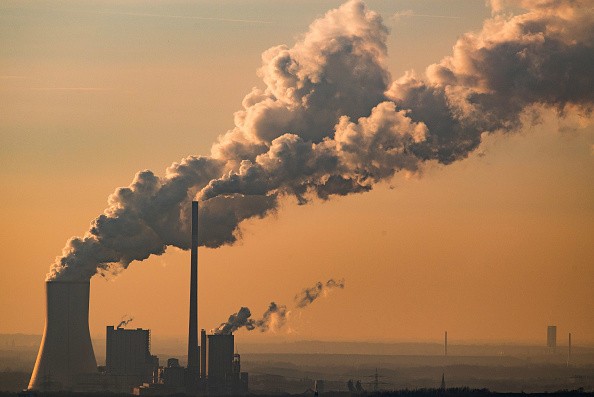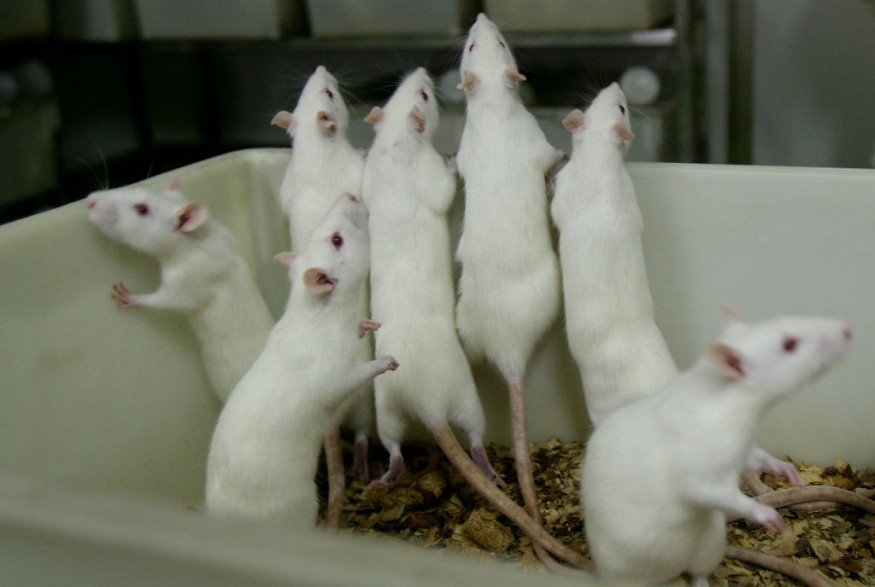According to a study of scientific data, declining fertility rates may be connected to pollution generated by fossil fuel use.

Decrease in Fertility
Over the last 50 years, the number of children born has continuously fallen. Although the study focused on Denmark, the pattern may also be found in other developed countries. According to the survey, one out of every ten Danish children is born through assisted reproduction, while more than 20% of males never have children. This decline appears to have begun with the advent of industrialization. Experts have cautioned that this tendency might result in a demographic imbalance, with too few younger people to sustain the elderly generations.
"We have to acknowledge that we know far too little about population infertility, so the next step would be to figure out why so many young couples do not have children," said Niels Erik Skakkebk, a professor at the University of Copenhagen in Denmark and lead author of the study published in Nature Reviews Endocrinology.
Different Factors that Affects Birth Rate

Birth rates are frequently attributed to cultural and socioeconomic reasons, such as increased access to planned parenthood, contraception, abortion, and the changing position of women in society, such as delayed childbirth due to education and workforce engagement. However, evidence reveals that births were reducing before the contraceptive pill was introduced, that overall abortion rates are declining, and that unintentional pregnancy loss has increased by 1-2 percent since 1990.
Instead, a growing body of research has revealed rising rates of human infertility due to biological factors such as 74,000 cases of testicular cancer each year, insufficient sperm and egg quality, early puberty in young women, and an increase in the number of congenital malformations in male infant genitalia.
Environmental Exposure
Because the impact of environmental exposure to toxic chemical pollutants from fossil fuels, which have been around since the Industrial Revolution, cannot be explained genetically. Skakkebk and his colleagues are urging the scientific community to look into the impact of environmental exposure to toxic chemical pollutants from fossil fuels, which have been around since the Industrial Revolution.
"What struck me in this study was the discovery that fossil fuels are responsible for so much of modern existence," Skakkebk remarked. "That's not how we think about it." When we purchase a pair of shoes made with chemicals derived from fossil fuels."
People's blood, urine, sperm, placenta, and breast milk, as well as their adipose tissue, have all been proven to contain fossil fuels. Many fossil fuel pollutants are endocrine disruptors, which mess with the body's hormonal processes and harm reproductive health.
"We know from several experimental animal studies that plastics, chemicals, and other substances can interfere with animal reproduction," Skakkebk said. "We can't undertake similar exposure trials in people because it's unethical," says the researcher, "but we know enough from animal studies to be worried."
Rats and Mice Exposed to Substances

When rats and mice are subjected to harmful substances that disturb their endocrine system, studies demonstrate that they develop genetic abnormalities that impact their reproductive capacity. Although there isn't much research on people, several studies have found that endocrine-disrupting substances are associated with male reproductive problems.
Female and male reproductivity are impacted differentially by the same amounts of exposure in animals, and early gestation is a particularly vulnerable stage for these toxins to alter reproduction.
However, these connections will need to be thoroughly investigated and analyzed for causation. Modifications in lifestyle, such as reduced physical activity, smoking, rising obesity rates, alcohol usage, and dietary changes, must also be considered.
Also Read : How Climate Misinformation Through Social Media Worsens the Battle Against Climate Change
For more news update about Environmental Action, don't forget to follow Nature World News!
© 2025 NatureWorldNews.com All rights reserved. Do not reproduce without permission.





